Here's how I got it to work:
Add to variables.less
@tooltipArrowOuterWidth: @tooltipArrowWidth + 1;
@tooltipArrowOuterColor: rgba(0,0,0,.25);
Add to custom LESS file
// Tooltip
// --------------------------------------------------
.tooltip.in { .opacity(100); }
.tooltip-inner {
background:@popoverTitleBackground;
color:@gray;
}
.tooltip .arrow {
border-width: @tooltipArrowOuterWidth;
}
.tooltip {
position: absolute;
top: 0;
left: 0;
z-index: @zindexPopover;
display: none;
max-width: 276px;
padding: 1px;
text-align: left; // Reset given new insertion method
background-color: @popoverBackground;
-webkit-background-clip: padding-box;
-moz-background-clip: padding;
background-clip: padding-box;
border: 1px solid #ccc;
border: 1px solid rgba(0,0,0,.2);
.border-radius(6px);
.box-shadow(0 5px 10px rgba(0,0,0,.2));
// Overrides for proper insertion
white-space: normal;
// Offset the popover to account for the popover arrow
&.top { margin-top: -10px; }
&.right { margin-left: 10px; }
&.bottom { margin-top: 10px; }
&.left { margin-left: -10px; }
}
.tooltip-inner {
margin: 0; // reset heading margin
padding: 4px 8px;
font-size: @baseFontSize * 0.9;
font-weight: normal;
line-height: 18px;
background-color: @popoverTitleBackground;
border-bottom: 1px solid darken(@popoverTitleBackground, 5%);
.border-radius(5px 5px 0 0);
&:empty {
display: none;
}
}
// Arrows
//
// .arrow is outer, .arrow:after is inner
.tooltip .tooltip-arrow,
.tooltip .tooltip-arrow:after {
position: absolute;
display: block;
width: 0;
height: 0;
border-color: transparent;
border-style: solid;
}
.tooltip .tooltip-arrow {
border-width: @tooltipArrowOuterWidth;
}
.tooltip .tooltip-arrow:after {
border-width: @tooltipArrowWidth;
content: "";
}
.tooltip {
&.top .tooltip-arrow {
left: 50%;
margin-left: -@tooltipArrowOuterWidth;
border-bottom-width: 0;
border-top-color: #999; // IE8 fallback
border-top-color: @popoverArrowOuterColor;
bottom: -@tooltipArrowOuterWidth;
&:after {
bottom: 1px;
margin-left: -@tooltipArrowWidth;
border-bottom-width: 0;
border-top-color: @tooltipArrowColor;
}
}
&.right .tooltip-arrow {
top: 50%;
left: -@tooltipArrowOuterWidth;
margin-top: -@tooltipArrowOuterWidth;
border-left-width: 0;
border-right-color: #999; // IE8 fallback
border-right-color: @tooltipArrowOuterColor;
&:after {
left: 1px;
bottom: -@tooltipArrowWidth;
border-left-width: 0;
border-right-color: @tooltipArrowColor;
}
}
&.bottom .tooltip-arrow {
left: 50%;
margin-left: -@tooltipArrowOuterWidth;
border-top-width: 0;
border-bottom-color: #999; // IE8 fallback
border-bottom-color: @tooltipArrowOuterColor;
top: -@tooltipArrowOuterWidth;
&:after {
top: 1px;
margin-left: -@tooltipArrowWidth;
border-top-width: 0;
border-bottom-color: @tooltipArrowColor;
}
}
&.left .tooltip-arrow {
top: 50%;
right: -@tooltipArrowOuterWidth;
margin-top: -@tooltipArrowOuterWidth;
border-right-width: 0;
border-left-color: #999; // IE8 fallback
border-left-color: @tooltipArrowOuterColor;
&:after {
right: 1px;
border-right-width: 0;
border-left-color: @tooltipArrowColor;
bottom: -@tooltipArrowWidth;
}
}
}

